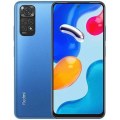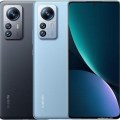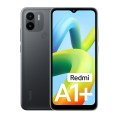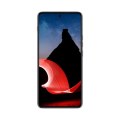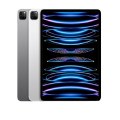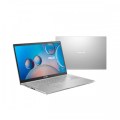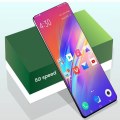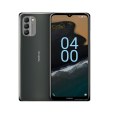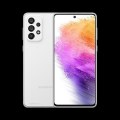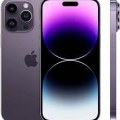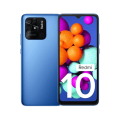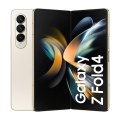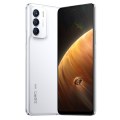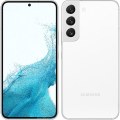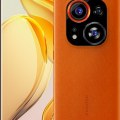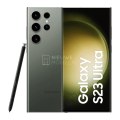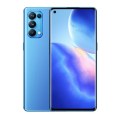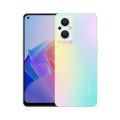- Home
- All Products
- Mobiles
- Xiaomi 13 Pro price in Bangladesh
Xiaomi 13 Pro price in Bangladesh
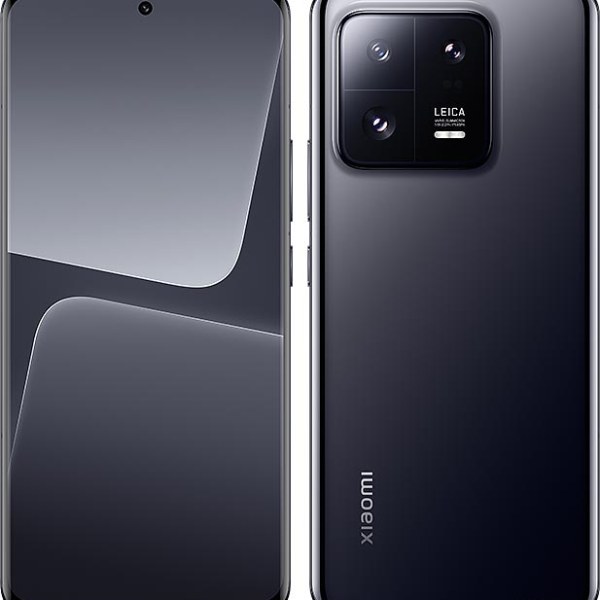

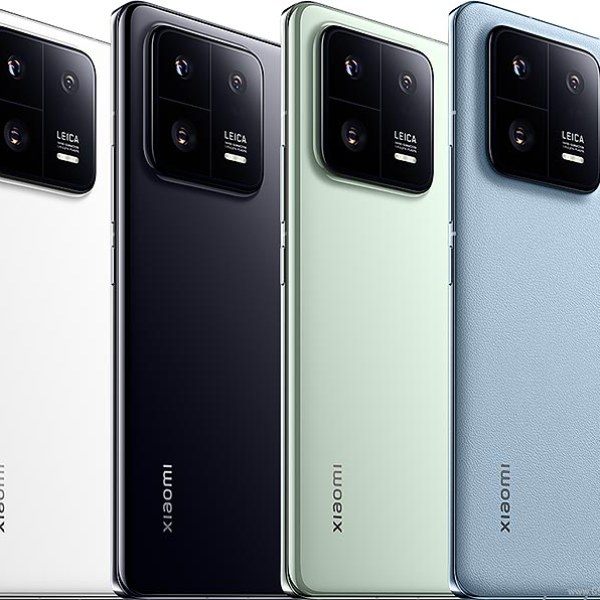
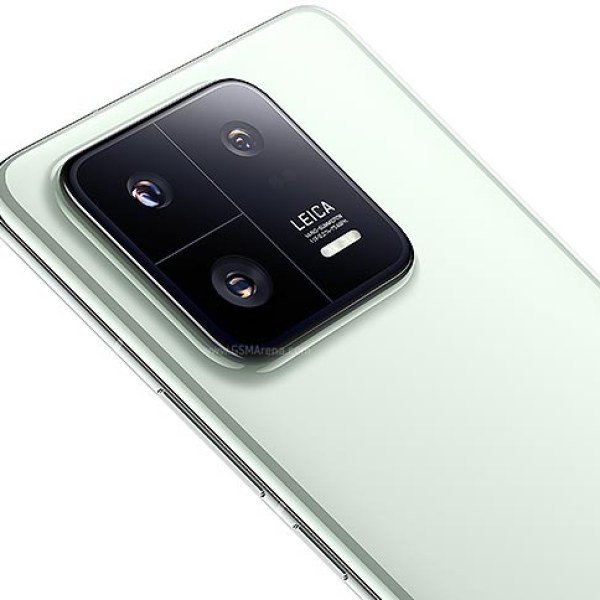

-
CPU: Octa-core
-
RAM: 8GB RAM/12GB RAM
-
Storage: 128GB 8GB RAM, 256GB 8GB RAM, 256GB 12GB RAM, 512GB 12GB RAM -UFS 3.1 - 128GB UFS 4.0 - 256/512GB
-
Display: LTPO OLED, 1B colors, 120Hz, Dolby Vision, HDR10+, 1200 nits (HBM), 1900 nits (peak)
-
Camera: Triple-50.3 MP, f/1.9, 23mm (wide), 1.0"-type, 1.6µm, Dual Pixel PDAF, Laser AF, OIS 50 MP, f/2.0, 75mm (telephoto), PDAF (10cm - ∞), 3.2x optical zoom 50 MP, f/2.2, 14mm, 115˚ (ultrawide), AF
-
OS: Android 13, MIUI 14
Xiaomi 13 Pro price in Bangladesh approximately BDT 40,000.00 equivalent USD 965 . Xiaomi has announced its newest high-end smartphones, the Xiaomi 13 and 13 Pro. Both devices run on Qualcomm’s new Snapdragon 8 Get 2 chipset and feature significant improvements on their respective camera systems when compared to their predecessors.more products
Camera
The biggest improvement in the new 13 Pro is its camera array. Xiaomi is now using a Type 1 (13.1 x 9.8mm) Sony IMX989 image sensor inside the main camera module with a Leica Summicron-branded 23mm equiv. F1.9 lens in front – the same setup used inside the which had the best image quality we’ve seen in a smartphone.1
Both the 75mm equiv. F2 tele (3.2x) module and 14mm equiv. F2.2 ultrawide module use 50mp sensors as well, with the tele having a relatively short minimum focusing distance of just .1m (4″). The front-facing camera appears unchanged, with a 32MP sensor capable of capturing 1080/30p HDR video.
Display
The display in the 13 Pro remains largely unchanged from its predecessor, with a 6.73″ 120Hz LTPO OLED panel (1440 x 3200px) capable of Dolby Vision, HDR10+ and HLG playback. The only noticeable difference over the 12 Pro isa higher peak brightness. Xiaomi says the panel can push 1200 nits across the entire panel and hit a peak brightness of 1900 nits during HDR playback.
The device is IP68 rated, uses Corning Gorilla Glass Victus for the main display, and features an aluminum frame. It has dual SIM, stereo speakers, Wi-Fi (802.11 a/b/g/n/ac/6e), Bluetooth 5.2, GPS and a USB-C 2.0 port. Other features include an under-display fingerprint sensor and a 4820mAh non-removable Li-Po battery rated for 120W wired charging and 50W wireless charging.
Memory
The 13 Pro tops out at 512GB of UFS 4.0 flash storage and 12GB LPDDR5X RAM. The phom is available in White, Black, Green and a Light Blue.
The phone entry-level model with 128GB of flash storage and 8GB of RAM will retail for around $720 while the model with 512GB of flash storage and 12GB of RAM will cost around $900 when they launch on December 14.
The display is slightly larger than the one found in its predecessor, measuring 6.26″ (diagonally). It has a 120Hz refresh rate, a 1080 x 2400px resolution and supports Dolby Vision, HDR10+ and HLG playback. It has the same maximum full-panel and peak brightness as the 13 Pro at 1200 and 1900 nits, respectively.
The device is IP68 certified and features a 4500mAh battery capable of 67W wired charging and 50W wireless charging. Other features include an under-display fingerprint reader, Wi-Fi (802.11 a/b/g/n/ac/6e), Bluetooth 5.3, GPS and NFC support.
Specification
General
| Price | ৳133,000.00 |
| Device Type | Smart phone |
| Model | Xiaomi 13 Pro |
| Announced | 11 December, 2022 |
| Released | 14 December, 2022 |
| Status | Available |
Design
| Type Design Type called form factor refers to a mobile phone's size, shape, and style as well as the layout and position of major components of phone. There are three major form factors seen in mobile phones => bar phones, folding phones and sliding phones. | Bar |
| Dimensions | 162.9 x 74.6 x 8.4 mm or 8.7 mm |
| Weight | 210 g or 229 g (7.41 oz) |
| Body Build | Glass front (Gorilla Glass Victus), ceramic back or silicone polymer back, aluminum frame |
| Colors | Ceramic White, Ceramic Black, Ceramic Flora Green, Mountain Blue |
Display
| Display Type Display Technology => A number of display technologies and types used in mobile phones => TFT (Thin Film Transistor), IPS (In-Place Switching), OLED (Organic Light Emitting Diode), AMOLED (Active-Matrix Organic Light-Emitting Diode), Super AMOLED (an even advanced version of AMOLED), Resistive Touchscreen (Resistive touchscreens contain two layer of conductive material with a very small gap between them which acts as a resistance), Capacitive Touchsceen (Capacitive touchscreen technology consists of a layer of glass coated with a transparent conductor) | LTPO OLED, |
| Size | 6.73 inches, 108.9 cm2 (~89.6% screen-to-body ratio) |
| Resolution | 1440 x 3200 pixels, 20:9 ratio (~522 ppi density) |
| Pixel Density Pixel Density (PPI) is refers to the concentration of pixels on a particular display, measured in pixels per inch (ppi). Pixel density is calculated by dividing the diagonal pixel resolution of a display by its diagonal size, higher pixel density better display quality. | 522 ppi density |
| Display Protection Display Protection => Gorilla Glass is a special alkali-aluminosilicate glass shield with exceptional damage resistance that helps protect mobile displays from scratches, drops, and bumps of everyday use, It is always better to go for a smartphone with Gorilla Glass for that added protection and peace of mind. | Corning Gorilla Glass Victus |
Network
| 2G Network |
GSM 850 / 900 / 1800 / 1900 - SIM 1 & SIM 2CDMA 800 |
| 3G Network |
HSDPA 800 / 850 / 900 / 1700(AWS) / 1900 / 2100 CDMA2000 1x |
| 4G Network | 1, 3, 4, 5, 7, 8, 12, 17, 18, 19, 26, 34, 38, 39, 40, 41, 42 |
| 5G Network | 1, 3, 5, 8, 28, 38, 40, 41, 77, 78, 79 SA/NSA |
| Speed | HSPA, LTE-A, 5G |
| SIM SIM (Subscriber Identity Module) is a small card that contains mobile network subscriber's account information. This allows the phone using the card to attach to a mobile network. The SIM card is most commonly associated with GSM and UMTS mobile networks. Moving a SIM card from one phone to another allows a subscriber to switch mobile phones without having to contact their mobile network carrier. SIM cards can also be used by a phone to store limited amounts of data, such as phone numbers and text messages. | Nano SIM |
| Dual SIM | Dual SIM (Nano-SIM, dual stand-by) |
Media
| FM Radio | No |
| Loudspeaker | Yes |
| Handsfree | Yes |
Camera
| MAIN CAMERA Camera is able to capture photographs and usually videos, The most important characteristics of a camera are the resolution (measured in megapixels), lens focus type (fixed or automatic), higher megapixel cameras are known to capture higher quality photos, but not always a good measurement of the photos quality. | Triple |
| Camera Types |
50.3 MP, f/1.9, 23mm (wide), 1.0"-type, 1.6µm, Dual Pixel PDAF Laser AF, OIS 50 MP, f/2.0, 75mm (telephoto), PDAF (10cm - ∞), 3.2x optical zoom 50 MP, f/2.2, 14mm, 115˚ (ultrawide), AF |
| Video | 8K@24fps (HDR), 4K@24/30/60fps (HDR10+, 10-bit Dolby Vision HDR, 10-bit LOG), 1080p@30/120/240/960fps, 1080p@1920fps, gyro-EIS |
| Camera Features | HDR, panorama |
| SELFIE CAMERA | 32 MP, (wide) |
| Video Recording Modes | 1080p@30fps |
| Camera Features | HDR, panorama |
Software
| Operating System OS => Every computer system run on a base software called Operating System (OS). Operating System controls all basic operations of the computer (such as smartphone, PDAs, tablet computers and other handheld devices). The Operating System allows the user to install and run third party applications (apps), apps are used to add new functionality to the device. | Android 13, MIUI 14 |
Hardware
| Chipset Chipset is a group of integrated circuits designed to perform one or a more dedicated functions, often with real time computing constraints, Popular smartphones are equipped with more advanced embedded chipsets that can do many different tasks depending on their programming. | Qualcomm SM8550 Snapdragon 8 Gen 2 (4 nm) |
| CPU CPU (Central Processing Unit) mostly known as processors, CPU processes instructions in order to carry out certain functions that make your device operate properly. Processors are often described as the brain of computers, smartphones and tablets, Smartphones and tablets rely on processors to carry out their every task, Processors are an incredibly important factor in selecting any type of computing device, including your smartphone. |
Octa-core (1x3.2 GHz Cortex-X3 & 2x2.8 GHz Cortex-A715 & 2x2.8 GHz Cortex-A710 & 3x2.0 GHz Cortex-A510) |
| GPU GPU (Graphics Processing Unit) is a single-chip processor designed to rapidly manipulate and alter memory to accelerate the creation of images in a frame buffer intended for output to a display, This includes things such as lighting effects, object transformations, and 3D motion. | Adreno 740 |
| RAM (Memory) RAM (Random Access Memory) is a type of computer memory that can be accessed randomly, any byte of memory can be accessed without touching the preceding bytes that allows information to be stored and accessed quickly from random locations. RAM is the most common type of memory found in computer systems, smartphones, tablets and other electronic devices. |
128GB 8GB RAM, 256GB 8GB RAM, 256GB 12GB RAM, 512GB 12GB RAM UFS 3.1 - 128GB UFS 4.0 - 256/512GB |
| Card Slot Memory Card Slot is a special slot for inserting a memory card. Memory cards allow you to expand the phone's built-in memory, A memory card (sometimes called a flash memory card or a storage card) is a small storage medium used to store data such as text, pictures, audio, and video, for use on small, portable or remote computing devices such as mobile phones, mp3 players, digital cameras. | NO |
| Sensors Sensors are electronic components that detects and responds to some type of input from the physical environment. The specific input could be light, heat, motion, moisture, pressure and location, The output is generally a signal that is converted to use in computing systems, a location sensor, such as a GPS receiver is able to detect current location of your electronic device. | Fingerprint (under display, optical), accelerometer, proximity, gyro, compass, barometer, color spectrum |
Connectivity
| Bluetooth Bluetooth is a wireless communications technology for exchanging data between mobile phones, headsets, computers and other network devices over short distances without wires, Bluetooth technology was primarily designed to support simple wireless networking of personal consumer devices. | 5.3, A2DP, LE |
| Infrared Infrared connectivity is an old wireless technology used to connect two electronic devices. It uses a beam of infrared light to transmit information and so requires direct line of sight and operates only at close range. | |
| Wi-fi Wi-Fi is a popular wireless networking technology using radio waves to provide high-speed network connections that allows devices to communicate without cords or cables, Wi-Fi is increasingly becoming the preferred mode of internet connectivity all over the world. | Wi-Fi 802.11 a/b/g/n/ac/6e, dual-band, Wi-Fi Direct |
| Wi-fi Hotspot | |
| USB | USB Type-C 2.0, USB On-The-Go |
| GPS GPS The Global Positioning System is a satellite-based radio navigation system, GPS permits users to determine their position, velocity and the time 24 hours a day, in all weather, anywhere in the world, In order to locate your position, your device or GPS receiver must have a clear view of the sky. | Yes |
| NFC NFC (Near field communication) is a set of standards for smartphones and similar devices to establish peer-to-peer radio communications with each other by touching them together or bringing them into proximity, usually no more than a few inches. |
Battery
| Battery Type Battery Type => Cell phones run on various kinds of batteries depending on the manufacturer, phone size or shape and features. There are basically four types of cell phone batteries => Lithium Polymer, Lithium Ion, Nickel Metal Hydride and Nickel Cadmium. | Li-Poly (Lithium Polymer) |
| Capacity Battery Capacity is a measure (typically in Amp-hr) of the charge stored by the battery, and is determined by the mass of active material contained in the battery. The battery capacity represents the maximum amount of energy that can be extracted from the battery under certain conditions. | Li-Po 4820 mAh, non-removable |
| Charging | 120W wired, PD3.0, QC4, 100% in 19 min (advertised) |
| Wireless Charging Wireless Charging (Inductive Charging) uses an electromagnetic field to transfer energy between two objects. This is usually done with a charging station. Energy is sent through an inductive coupling to an electrical device, which can then use that energy to charge batteries or run the device. |
50W wireless, 100% in 36 min (advertised) 10W reverse wireless |


